The Hidden Costs of Homeownership in Mountain Communities
The Hidden Costs of Homeownership in Mountain Communities
Owning a home in Utah’s breathtaking mountain communities—whether it’s in Ogden Valley, Park City, or Mountain Green—offers a lifestyle that blends adventure, beauty, and tranquility. The views, the recreation, and the sense of escape are unmatched. But before you buy that dream mountain home, it’s essential to understand that mountain living often comes with hidden costs that can surprise even seasoned homeowners. From snow removal to specialized maintenance, these expenses can quickly add up. Here’s what every potential mountain homeowner should know before signing the dotted line.
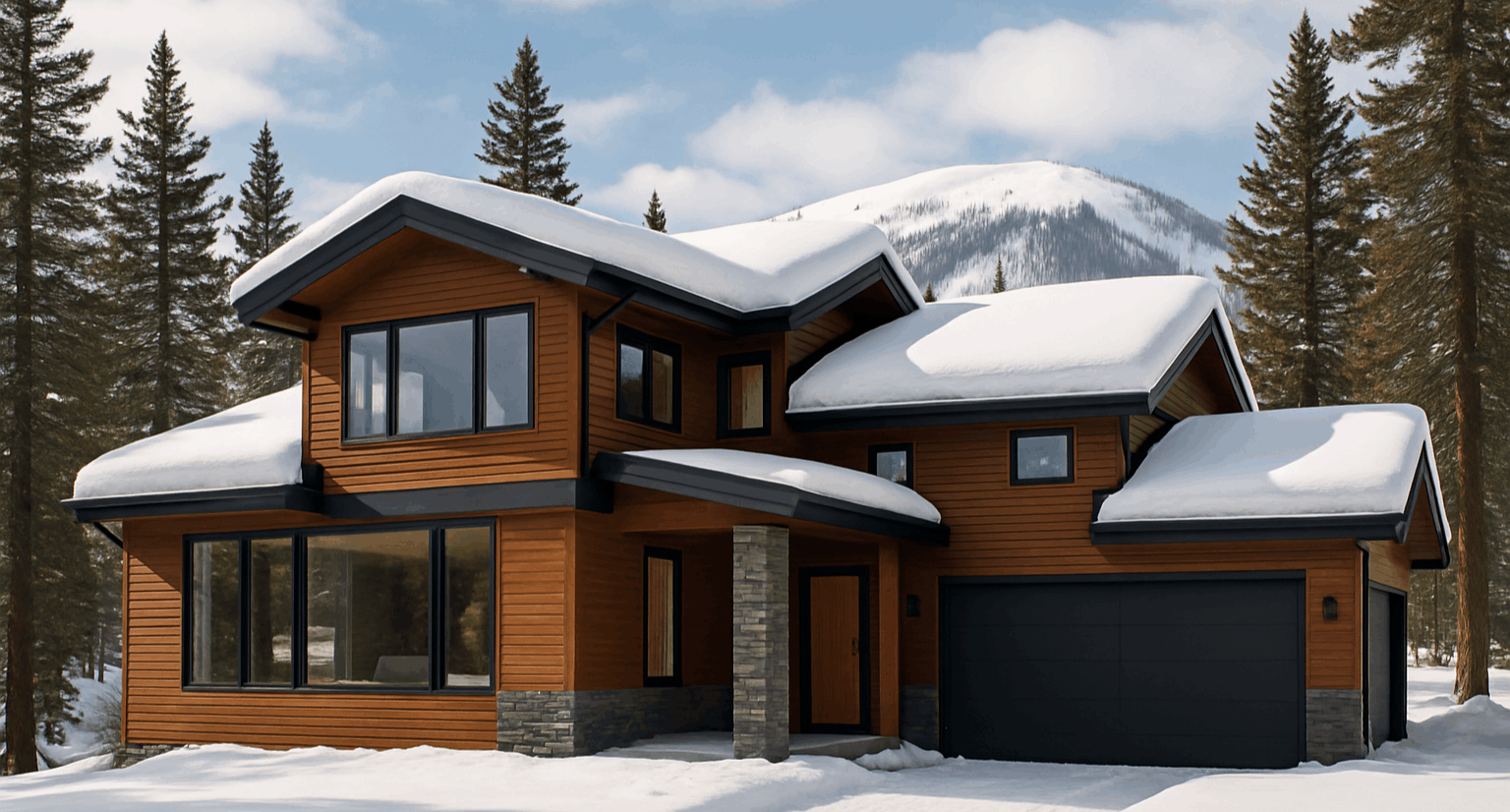
1. Snow Removal and Winter Maintenance
Mountain living means snow—sometimes a lot of it. Many homeowners underestimate how much snow removal can cost, especially if they rely on plowing services rather than doing it themselves. Driveways in mountain neighborhoods are often long, steep, and require frequent clearing during heavy winters.
-
Plowing Services: Expect to pay between $600 and $2,000 per winter for regular plowing.
-
Equipment Costs: Homeowners who prefer self-sufficiency may invest in snowblowers or plows, which can run $1,000–$5,000, plus fuel and maintenance.
-
Roof Snow Removal: Heavy snow loads can damage roofs, especially on flat or low-pitched designs. Professional roof snow removal can cost $300–$700 per visit.
2. Road and Driveway Repairs
Mountain terrain and extreme weather can take a toll on roads and driveways. Repeated freeze-thaw cycles create cracks, heaving, and potholes that require annual or biannual repairs. Gravel roads and driveways, common in rural communities like Eden or Liberty, also need regular grading and new gravel every few years.
-
Paved driveways: Expect to repave or seal every 5–7 years due to weather stress.
-
HOA-maintained roads: In private communities, homeowners may share costs through annual HOA assessments—often several hundred to several thousand dollars depending on the community.
3. Higher Utility and Energy Costs
Living in a higher elevation often means more extreme temperature swings. Homes in mountain areas need stronger, more efficient heating systems to stay comfortable in winter, and utility bills often reflect that.
-
Heating Bills: Homes that rely on propane or electric heat can see winter bills exceed $300–$500 per month.
-
Snowmelt Systems: Heated driveways or walkways, while convenient, can significantly increase energy consumption.
-
Backup Generators: Power outages are more common in mountain regions. Installing a generator can cost $5,000–$10,000, plus fuel and maintenance.
4. Septic, Sewer, and Water Systems
Many mountain homes are not connected to municipal sewer systems and instead rely on septic tanks or shared private systems. Maintenance and inspections are crucial—and costly if neglected.
-
Septic Pumping: Every 3–5 years at $300–$600 per service.
-
Repairs or Replacement: A failed septic system can cost $10,000–$25,000 to replace.
-
Private Water Systems: Some properties depend on wells or shared water companies. Pump replacement, water testing, or annual assessments can add to costs.
5. Insurance Premiums and Natural Risks
Homes in mountain regions often face unique risks: wildfires, flooding, and landslides. Because of this, insurance premiums tend to be higher.
-
Wildfire Coverage: Many insurers require defensible space inspections or charge higher premiums in high-risk zones.
-
Flooding and Drainage: Snowmelt runoff can cause erosion or basement flooding, especially on sloped lots. Flood insurance may be recommended even outside FEMA flood zones.
6. Accessibility and Transportation
Mountain communities are known for their scenic drives—but those same roads can make accessibility challenging in winter. If your home sits on a steep grade or at the end of a private road, snow and ice can limit access for delivery trucks, contractors, or even emergency services.
-
Private Road Maintenance Fees: If you share a private road, budget for shared snow plowing and grading costs.
-
Vehicle Wear and Tear: Vehicles endure more stress from steep grades, cold starts, and salted roads, often leading to higher maintenance costs.
7. Landscaping and Erosion Control
Maintaining a beautiful yard in a mountain environment can be challenging. Short growing seasons, wildlife browsing (deer, elk, moose), and steep slopes require specialized landscaping techniques.
-
Erosion and Drainage Work: Drainage swales, retaining walls, or culverts may need installation or regular maintenance.
-
Native Landscaping: Drought-tolerant and deer-resistant plants are a must but can be expensive to establish.
-
Irrigation Systems: Many properties rely on pressurized irrigation or private water shares—both of which may come with annual fees and seasonal maintenance.
8. HOA or Community Assessments
If you purchase in a planned development or private subdivision, expect annual or special assessments. These cover snow removal, road repair, water system upkeep, and community landscaping. However, these fees can vary widely depending on the size and management of the community.
-
Typical Range: $500–$3,000 per year, with special assessments possible for large projects.
9. Seasonal Pest and Wildlife Management
Mountain homeowners often share their environment with wildlife. While it’s part of the charm, it also brings challenges—bears raiding trash bins, deer eating gardens, or mice seeking warmth in winter. Pest control, wildlife fencing, and preventive maintenance can add hundreds per year in expenses.
Final Thoughts
Owning a home in Utah’s mountain communities is deeply rewarding—the clean air, panoramic views, and sense of peace are hard to match. But it’s vital to go beyond the purchase price and budget for the true costs of ownership. Whether you’re buying in Eden, Huntsville, or Park City, work with a local real estate professional who understands the region’s nuances, HOA structures, and infrastructure realities. With proper planning and realistic expectations, your mountain home can be both a dream and a sound investment.
Categories
Recent Posts
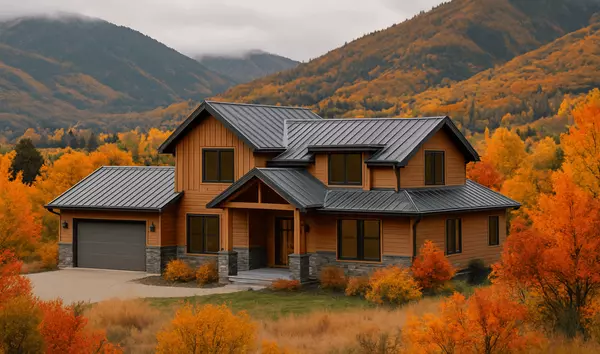
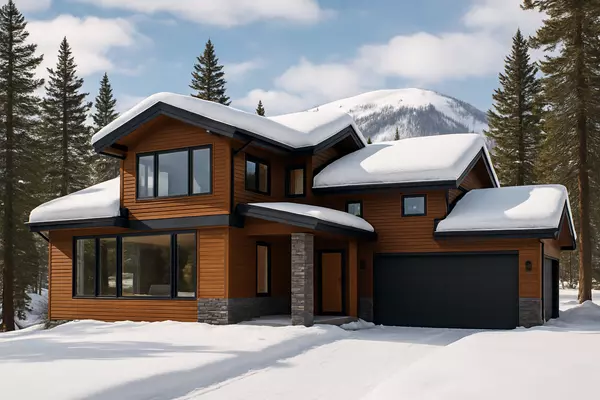
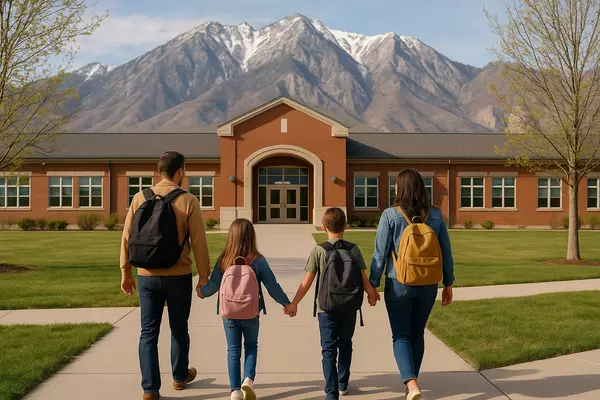
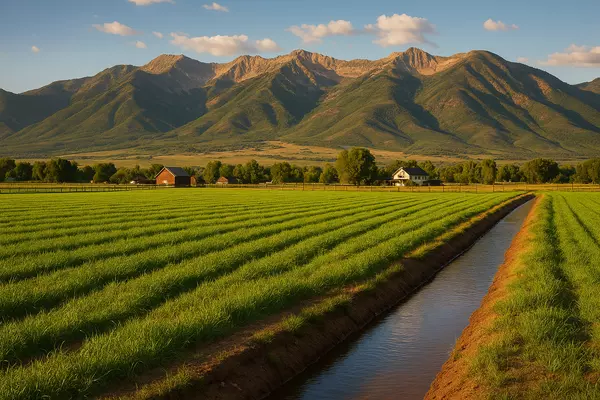
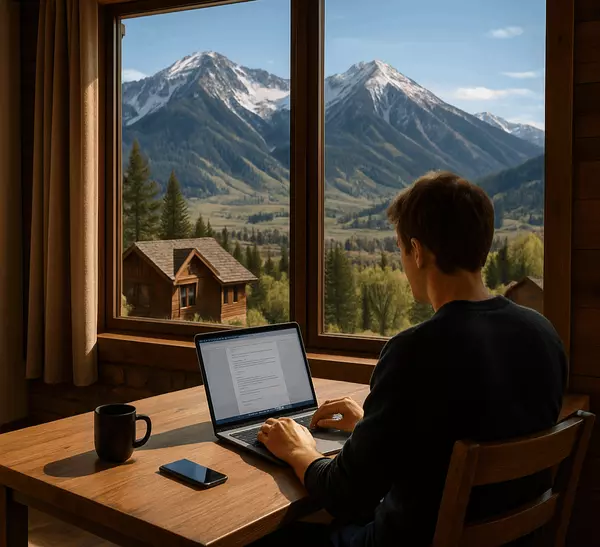
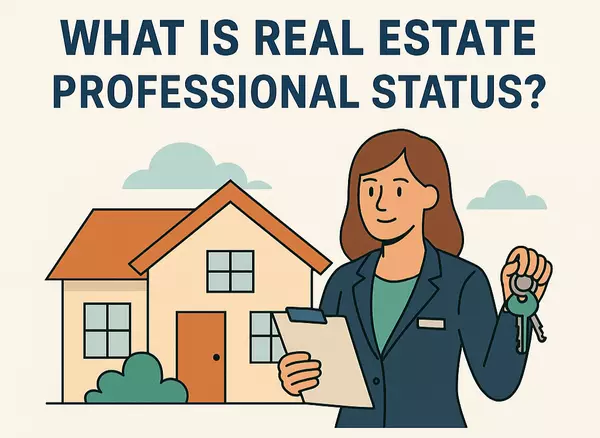
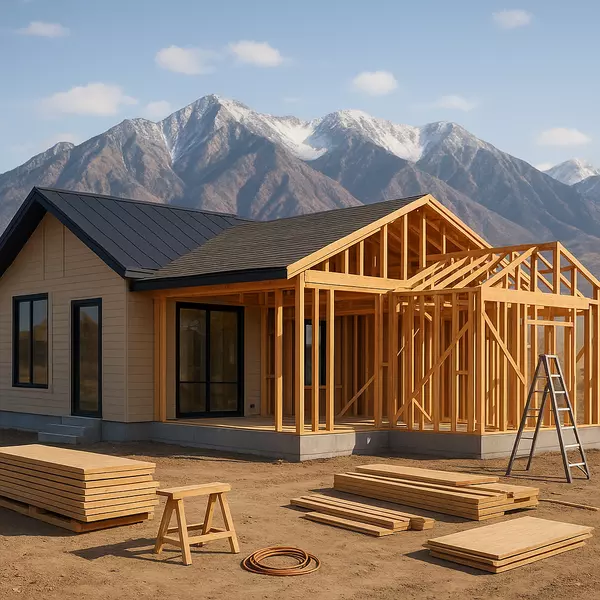

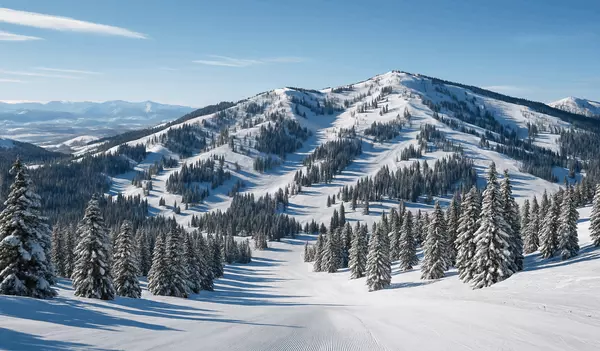
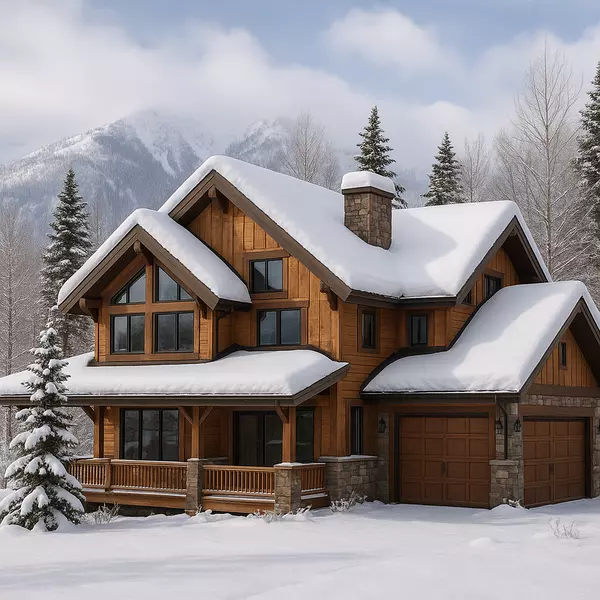
GET MORE INFORMATION

Agent | License ID: 14225128-SA00

